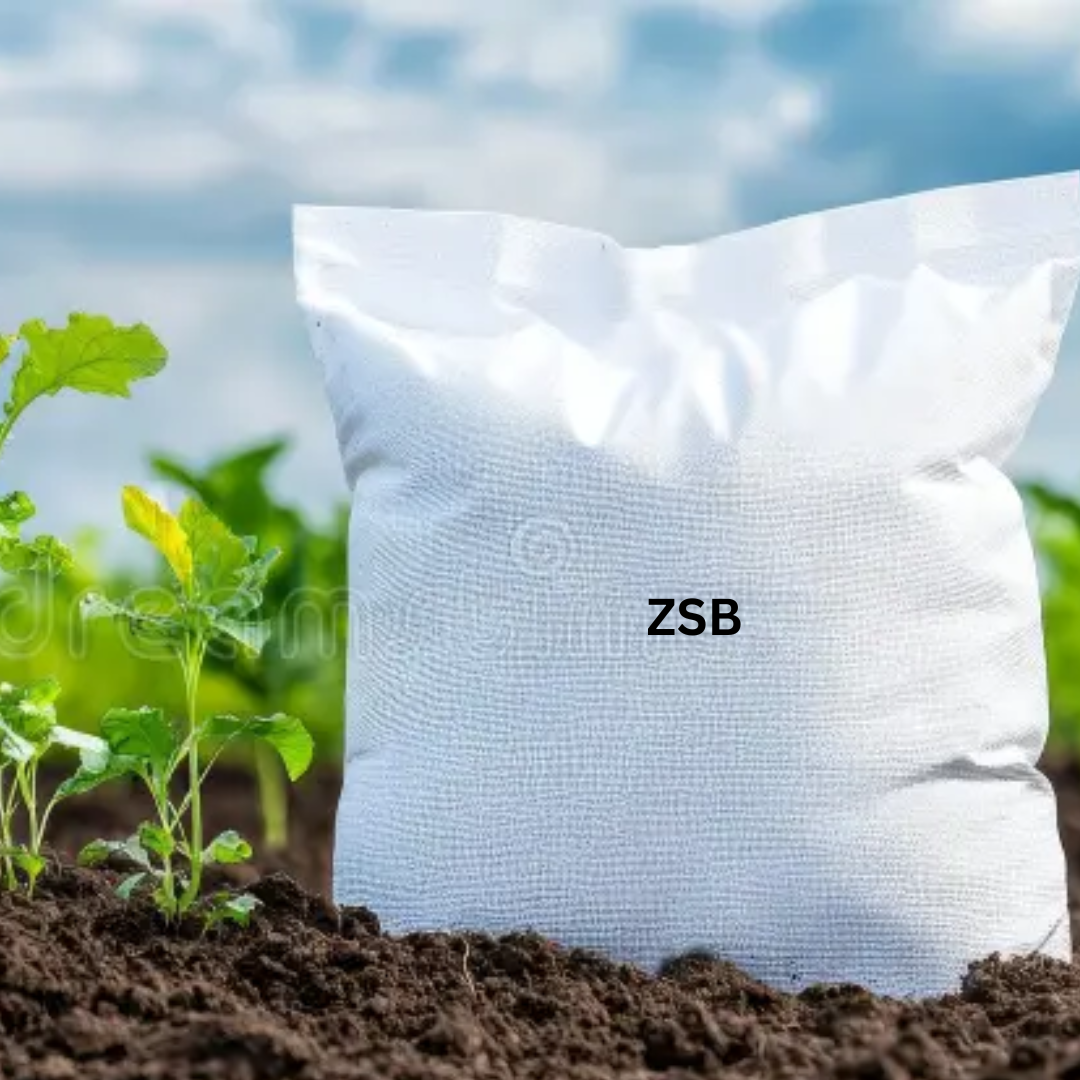Bactostore
ZSB Bacteria Powder Formulation (Wettable Powder) Talc Based Powder
ZSB Bacteria Powder Formulation (Wettable Powder) Talc Based Powder
Couldn't load pickup availability
Zinc Solubilizing Bacteria (ZSB) are specialized soil microbes that convert insoluble zinc compounds into plant-available forms through organic acid production and enzymatic action. Formulated at 5 × 10⁷ CFU/g, they enhance zinc uptake, correct deficiencies, and improve crop resilience/yields.
Product Specifications
-
CFU: 5 × 10⁷ per gram (50 million viable cells/g)
-
Active Content: Strains like Bacillus subtilis, Gluconacetobacter diazotrophicus, or Pseudomonas moraviensis
-
Carrier: Lignite powder (pH 6.0–7.5 for optimal activity)
Usage Instructions
-
Dosage: 1–1.5 kg/acre mixed with compost or 200 L water.
-
Timing: Apply at sowing/transplanting; reapply at flowering/fruit set.
-
Primary Action: Solubilizes ZnO, ZnCO₃, ZnS via organic acids (gluconic, citric).
-
Method:
-
Soil: Blend with FYM (1 kg/100 kg) and broadcast.
-
Seeds: Treat with 20 g/kg slurry (10% gum arabic as adhesive).
-
-
Frequency: 2 applications per crop (avoid alkaline soils > pH 8.0).
-
Compatibility: Synergistic with PSB and Azotobacter; avoid chemical zinc sprays for 15 days.
-
Activation: Requires low-Zn soils; suppresses Fusarium via siderophores.
-
Safety: Non-toxic to plants, earthworms, or pollinators.
Suitable Crops
-
Cereals: Rice (prevents "khaira disease"), Maize (corrects "white bud"), Wheat
-
Fruits: Citrus (reduces mottling), Apple (prevents "rosette"), Grapes
-
Vegetables: Tomato (↑ fruit set), Onion (reduces leaf twisting), Potato
-
Legumes: Chickpea (↓ bud drop), Soybean (↑ nodulation)
-
Cash Crops: Cotton (prevents "little leaf"), Sugarcane
Storage Instructions
-
Temperature: 10–25°C (avoid >30°C or freezing).
-
Packaging: Airtight opaque bags with desiccant.
-
Shelf Life: 12 months (lignite carrier maintains viability).
-
Precautions: Store away from moisture, heavy metals, and direct sunlight.
Key Advantage
Biofortification Efficiency:
Mobilizes 15–25 kg Zn/ha/season, increasing grain zinc content by 30–50% and reducing deficiency disorders (e.g., rice "khaira") by 70% (ICAR-IISS data). Enhances drought tolerance via root biomass stimulation.
Share



